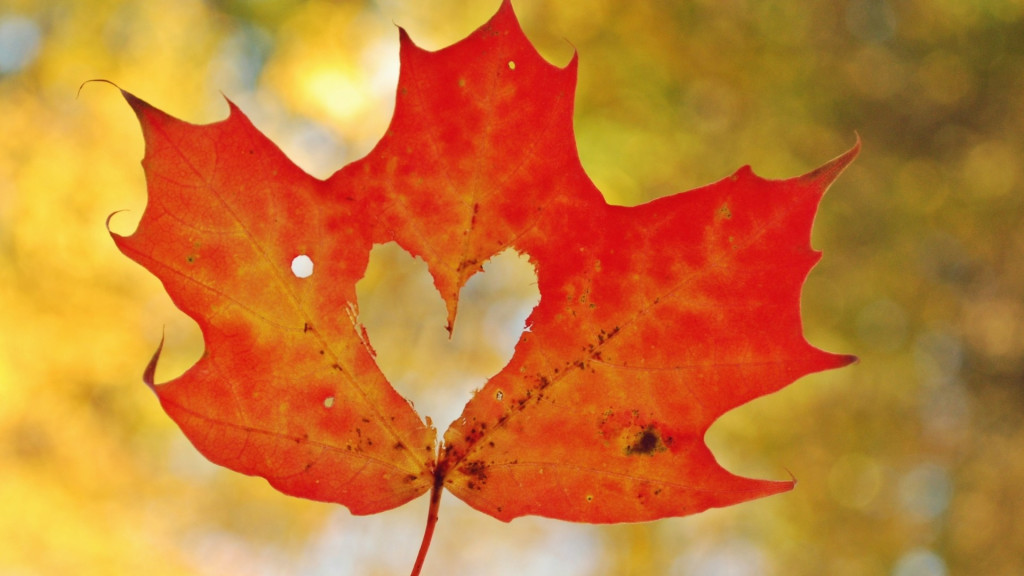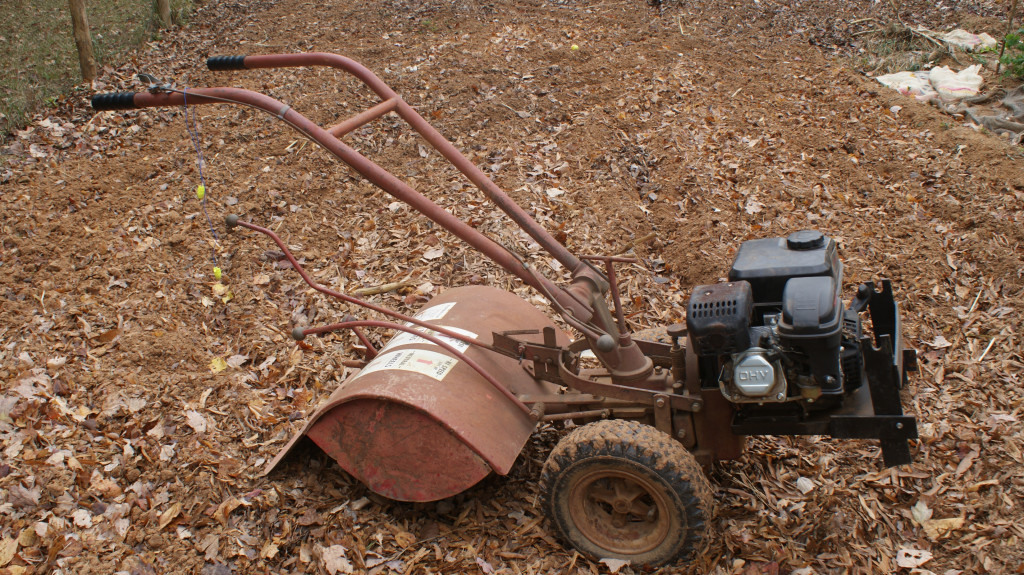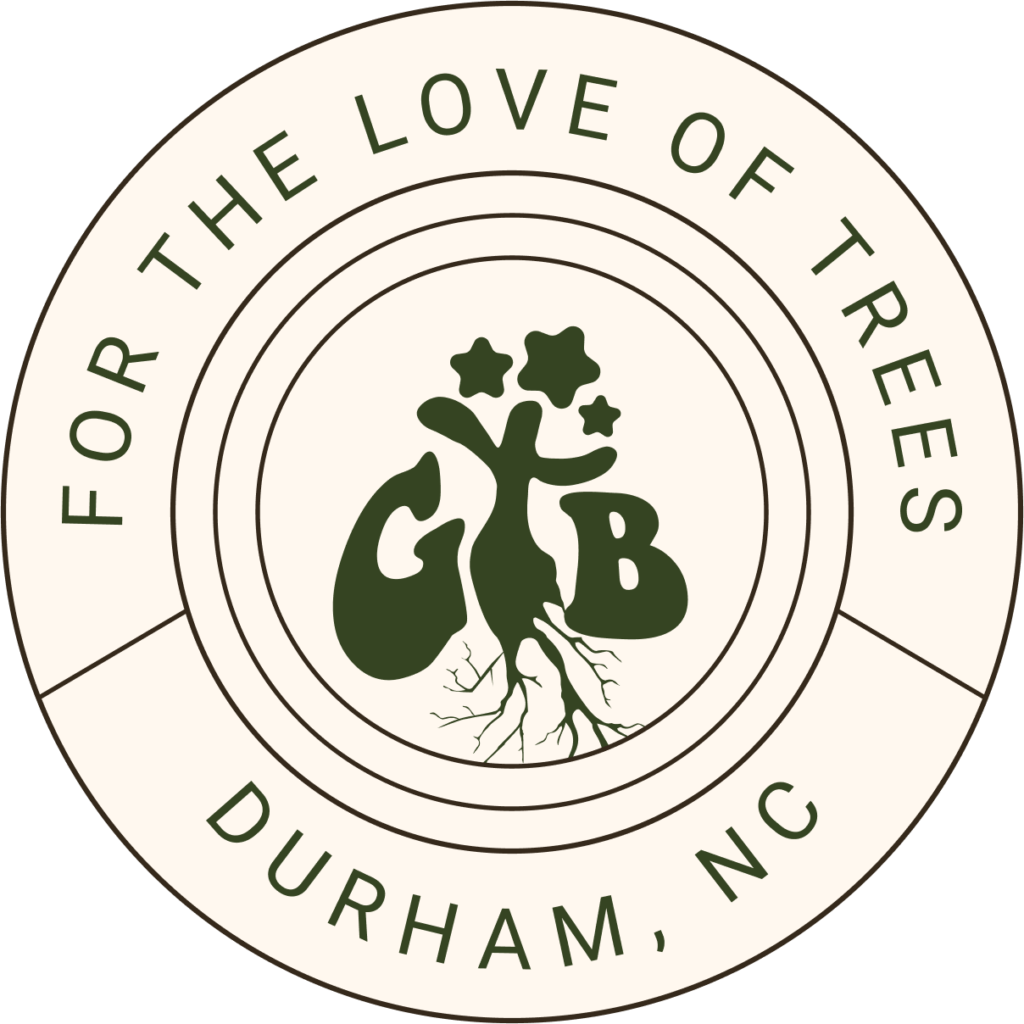 It’s harvest time in the Piedmont of North Carolina. At Grateful Trees and Bees that means we’re bringing in from our kitchen garden carrots, sweet potatoes, chard, peppers, green beans and the errant, late blooming tomato or cucumber. It also means we’re eagerly awaiting the peak harvest season of our favorite autumn crop: leaves. Or, as we call them on our 43,560 — tree gold.
It’s harvest time in the Piedmont of North Carolina. At Grateful Trees and Bees that means we’re bringing in from our kitchen garden carrots, sweet potatoes, chard, peppers, green beans and the errant, late blooming tomato or cucumber. It also means we’re eagerly awaiting the peak harvest season of our favorite autumn crop: leaves. Or, as we call them on our 43,560 — tree gold.
Yes, that’s right, we said it: the autumn leaves that fall from your trees are not the enemy! Dead leaves are a valuable resource. We do not recommend burning them or paying to bag them and have them hauled off site. Instead, harvest your fall leaves and put them to work for your trees, your garden and your yard.
Dead leaves, which retain a portion of the tree’s nutrients, are a type of plant litter. This detritus and dead organic material that falls from plants and trees forms the top layer of soil, known as the Organic horizon (or O horizon), the dominant pathway for nutrient return to the soil, especially for nitrogen and phosphorus. Once in the soil, trees and plants can reabsorb the nutrients through their roots.
In the process of breaking down, dead leaves become food for decomposer organisms (bacteria, fungi, etc.) and detritivores such as earthworms. They also provide  along the way habitat for butterfly and moth larvae, for spiders, wild bees, skinks, toads and other creatures and insects of your land. Plant litter is an instrumental component of ecosystem dynamics and is indicative of ecological productivity, nutrient cycling and soil fertility.
along the way habitat for butterfly and moth larvae, for spiders, wild bees, skinks, toads and other creatures and insects of your land. Plant litter is an instrumental component of ecosystem dynamics and is indicative of ecological productivity, nutrient cycling and soil fertility.
In other words, dead leaves feed the ecosystem called your yard. Remove them, and you’ll end up with a very hungry and unproductive ecosystem.
To wit, we suggest the following practices for harvesting, recycling and yes, even hoarding your share of Nature’s autumn bounty:
1. Let your leaves rest where they fall. Okay, so some light raking might be in order, but the general idea is that you can simply rake the leaves that fall off of your red maple underneath the red maple. And rake the leaves that fall off of the willow oak underneath the willow oak. In addition to providing future nourishment, the leaves will mulch the tree, holding in moisture and moderating soil temperature. Don’t pile the leaves too close to the tree’s bole (trunk) and don’t remove the leaves in the spring — the leaves will naturally decompose over time and removing them will hurt any creatures using them as a habitat.
2. Mow leaves into your lawn. This one is super easy. When the leaves start falling, simply mow your lawn with a mulching mower. The broken down leaves will decay and decompose providing nutrition to your lawn. The key is to mow routinely as the trees are losing their leaves so you mulch a few at a time.
3. Shred leaves for use as mulch. You can purchase a leaf shredder, but a bag on your lawn mower will also do the trick. Shredded leaves make a great mulch for garden and perennial beds. Layer them three to six inches deep around tender plants and any cold-season vegetables you’ve got growing, taking care not to touch the plant stems. The mulch will help the soil retain moisture, will control the soil temperature, will inhibit the germination of weed seeds and overtime will improve soil quality.
 4. Till leaves into your garden. As you rake up and harvest leaves, collect them to spread in your garden. Tilling this lovely organic matter into your garden either before you plant a winter cover crop, or in the spring when you break ground, will go a long way toward improving the North Carolina clay. We don’t pre-shred the leaves we put in our garden because we find that the act of tilling them into the soil breaks them up.
4. Till leaves into your garden. As you rake up and harvest leaves, collect them to spread in your garden. Tilling this lovely organic matter into your garden either before you plant a winter cover crop, or in the spring when you break ground, will go a long way toward improving the North Carolina clay. We don’t pre-shred the leaves we put in our garden because we find that the act of tilling them into the soil breaks them up.
5. Compost leaves. Add shredded leaves or raked leaves to your compost pile. They are a carbon-rich offering and should be alternated with other items such as food scraps and green leaf clippings. Turn the pile often to aerate.
6. Make a leaf pile big enough to jump in. Play is a fabulous use of Nature’s resources. Rake your leaves into a big pile and let your kids have at it.
7. Turn your leaf pile into leaf mold. That’s right, when your children tire of the wonders of the leaf pile, simply tidy it up and then, walk away. Leaf mold is akin to peat moss and makes for a great soil amendment. A leaf pile left to water, wind and sun for one to three years will eventually decompose into leaf mold that can be used in gardens, planting beds and as soil for potted plants.
8. Save some leaves for the future. At the height of leaf season you’ll definitely feel like you never want to see another leaf as long as you live. But remember that dead organic matter is useful year-round. So haul out those leaf bags you bought at Home Despot and allow them to serve their higher purpose as booty bags for treasure you can use in the coming Spring.
© 2014 Grateful Trees & Bees

